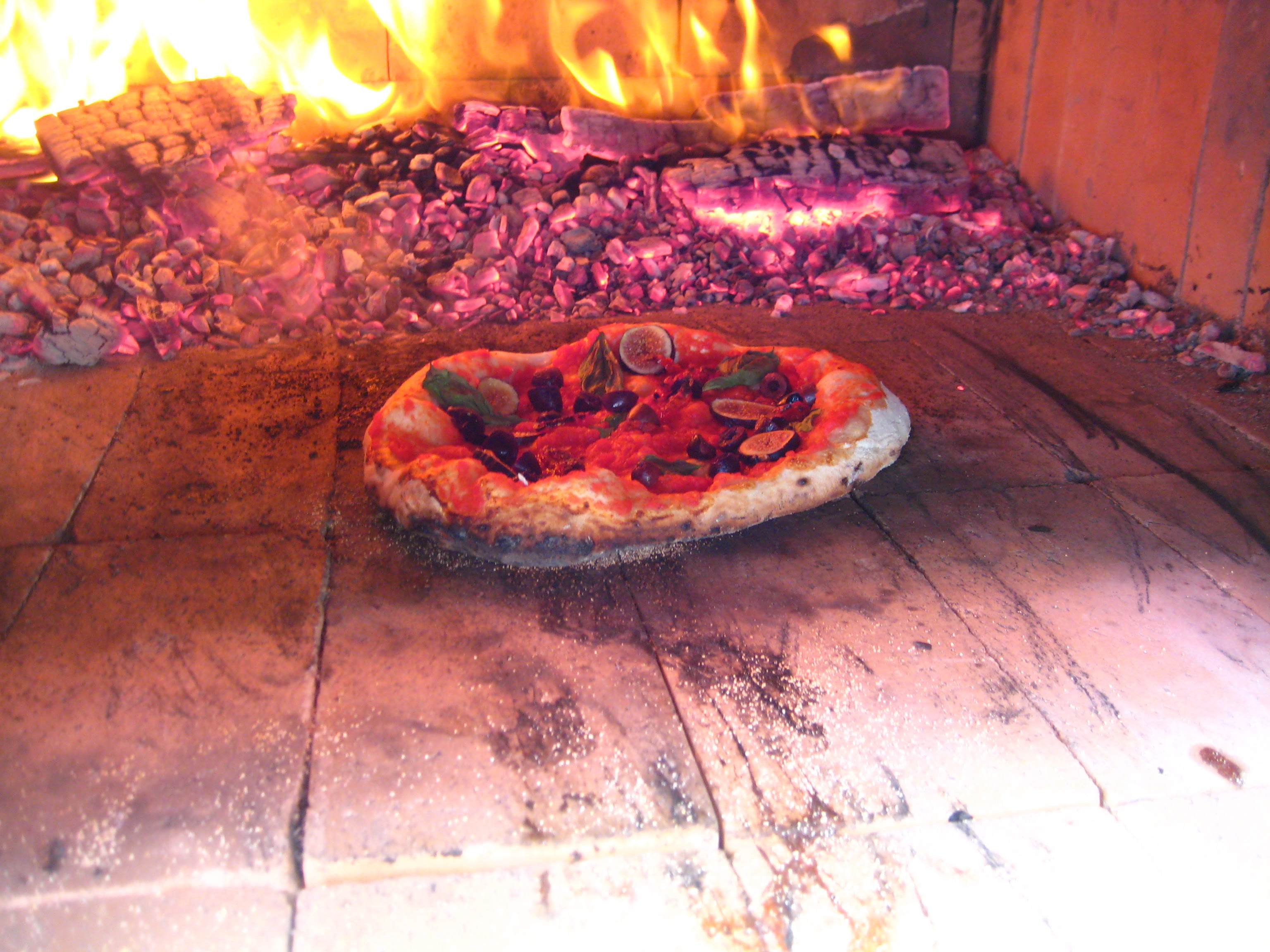

For the pizza aficionado, a wood-fired brick oven is the pinnacle. Nothing else cooks a pie the same way, with the 800°F–1,000°F temperatures needed to get that thin, crisp layer of smoky char covering a moist, airy crust. Unfortunately, these types of ovens are usually large, expensive, and complicated to build, leaving most of us to keep making dry, boring pizzas baked for 15 long minutes in our kitchen oven set at a disappointing 375°F.
Here’s a brick oven design that overcomes those hang-ups. It’s as simple as stacking blocks, and with a couple of helping hands, you can put this together, cook amazing pizzas, and tear it apart in an afternoon. Brick sizes vary, so modify the layout as needed. I first built one during a weekend course led by Michael O’Malley at Machine Project in Los Angeles, and have since helped inspire others to make their own.
















